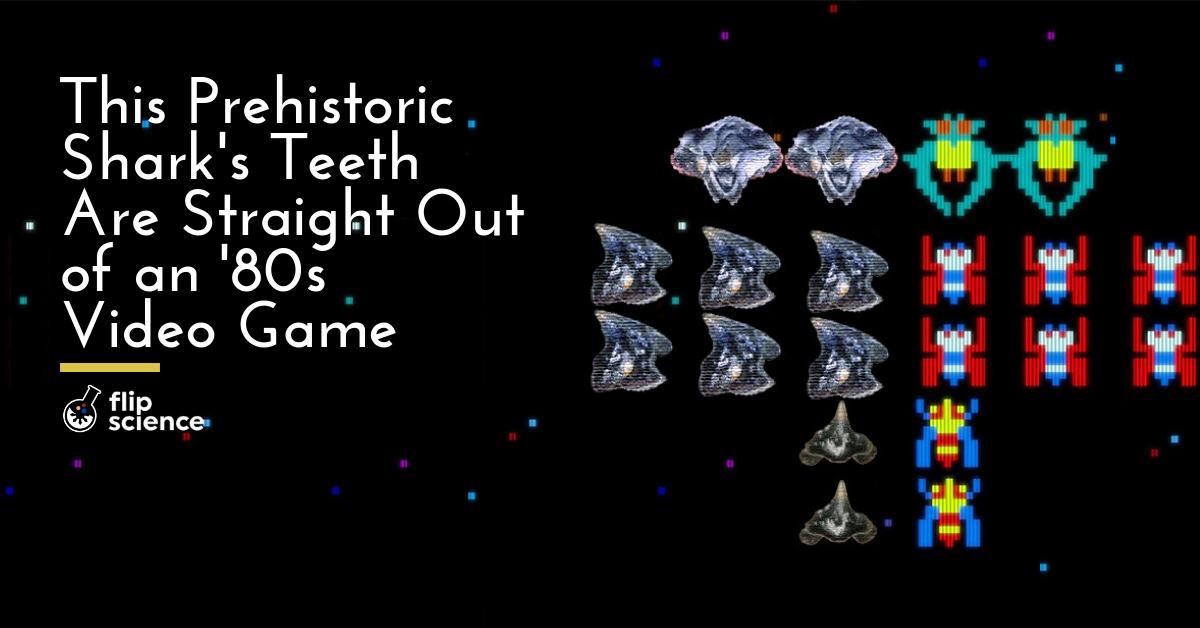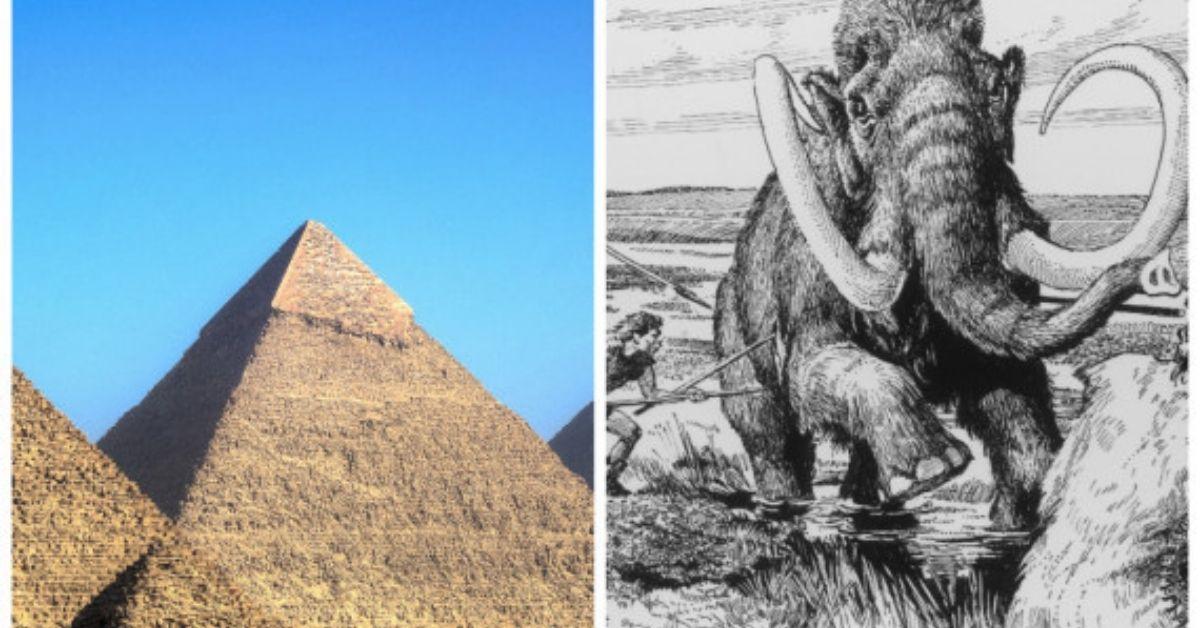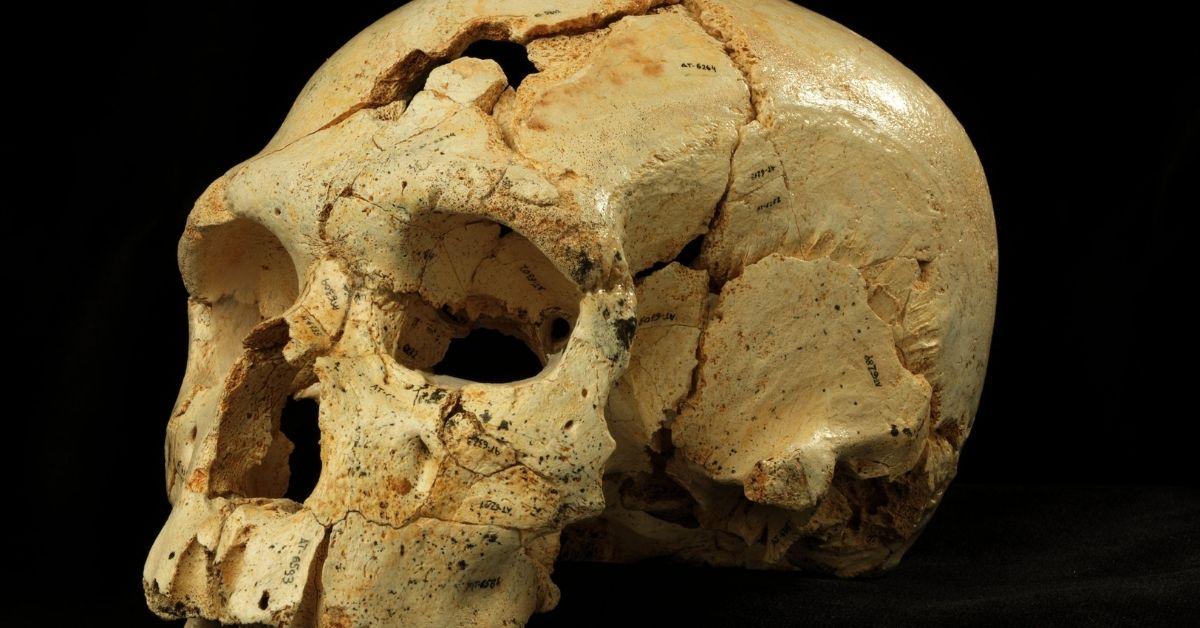• A newly named shark, Galagadon nordquistae, possessed teeth that resemble spaceships from the 1981 video game Galaga.
• The prehistoric predator lived in the Cretaceous period, and measured about 12 to 18 inches in length.
• The shark’s tiny teeth were discovered in the same sediment where “Sue” the Tyrannosaurus rex was unearthed.
Due to its small size, paleontologists nearly missed out on finding this prehistoric shark. However, they certainly didn’t miss out on the opportunity to give it an awesome name.
Meet Galagadon nordquistae, a Cretaceous-era freshwater shark. Its curious name comes from the fact that its teeth look like the spaceships from Galaga, a popular video game released in 1981. According to Terry Gates, lead author of the recently published study that brought the news of Galagadon’s discovery to light, the idea for the shark’s name came from middle school teacher Nate Bourne, whom he worked with at the North Carolina Museum of Natural Sciences.
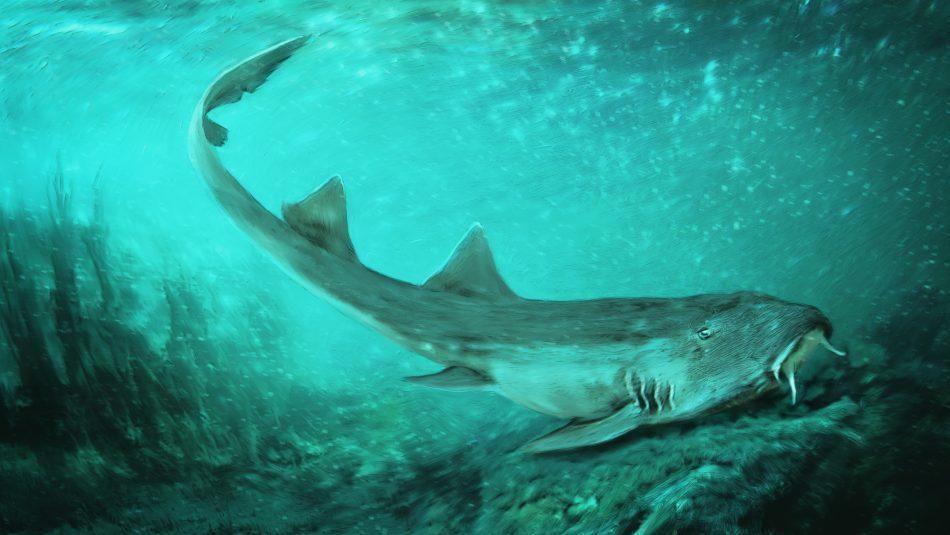
“He thought we wouldn’t notice, but we did.”
Galagadon was a relative of carpet sharks, a diverse group of modern-day sharks with two dorsal fins, short mouths, and whisker-like sensors called barbels.
Measuring 12 to 18 inches in length, Galagadon swam in the waters of what is now South Dakota. Each of Galagadon‘s spaceship-shaped teeth measures less than a millimeter in width.
The prehistoric predator’s remains were unexpectedly found in the sediment that fell off the fossils of a rather famous dinosaur: “Sue,” the most complete specimen of Tyrannosaurus rex ever found.

Gates worked with volunteer Karen Nordquist to search for Galagadon‘s remains in the dirt. They ended up finding over two dozen teeth. The shark’s species name honors Nordquist.
“It was so tiny, you could miss it if you weren’t looking really carefully,” revealed Nordquist. “To the naked eye, it just looks like a little bump, you have to have a microscope to get a good view of it.”
Gates admits that they probably never would have been spotted without the aid of a microscope. “It amazes me that we can find microscopic shark teeth sitting right beside the bones of the largest predators of all time.”
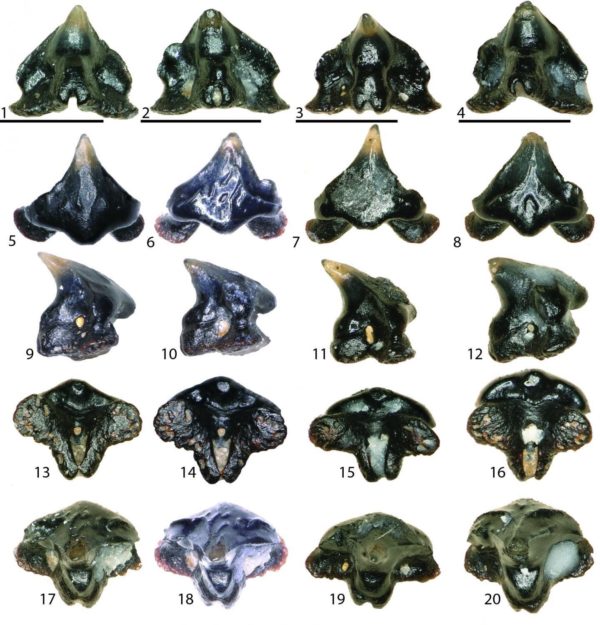
Shark tale
Gates added that Galagadon‘s discovery further demystifies the Cretaceous ecosystem’s state right before the catastrophic event that wiped out the dinosaurs. According to the NC State University lecturer, Galagadon‘s size made it more likely to prey on small fish and molluscs that the much larger dinosaurs of that era.
“Every species in an ecosystem plays a supporting role, keeping the whole network together,” Gates stated. “There is no way for us to understand what changed in the ecosystem during the mass extinction at the end of the Cretaceous without knowing all the wonderful species that existed before.
“The more we discover about the Cretaceous period just before the non-bird dinosaurs went extinct, the more fantastic that world becomes.”
It’s fortunate that they noticed Galagadon’s teeth under the microscope. Tony Stark would be proud.
Cover photo: Bandai Namco; Terry Gates/North Carolina State University
References
- https://www.eurekalert.org/pub_releases/2019-01/fm-fst011519.php
- https://www.sciencedaily.com/releases/2019/01/190121103414.htm
- https://www.smithsonianmag.com/science-nature/new-prehistoric-shark-species-discovered-alongside-sue-t-rex-180971313/
Author: Mikael Angelo Francisco
Bitten by the science writing bug, Mikael has years of writing and editorial experience under his belt. As the editor-in-chief of FlipScience, Mikael has sworn to help make science more fun and interesting for geeky readers and casual audiences alike.

